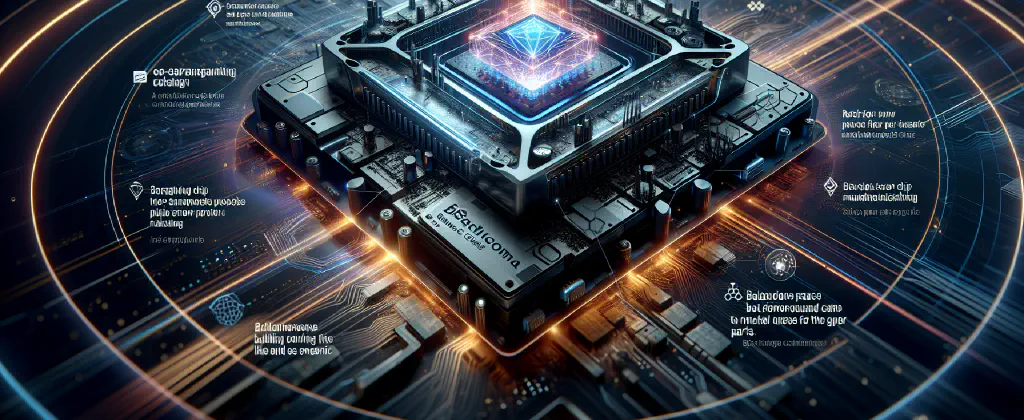14. December 2023
Barcelona Supercomputing Center Introduces Sargantana: A New Open-Source RISC-V Chip

Barcelona Supercomputing Center recently unveiled Sargantana, an open-source RISC-V chip. This development has sparked conversations about the importance of on-shoring chip manufacturing and the challenges involved in building new fabs for older nodes. While there is a race towards smaller process nodes for high-end parts, there is also a market for older nodes in specific industries such as military, medical, and seismic.
The Need for On-Shoring and Security
One of the primary motivations behind on-shoring chip manufacturing is security. There are concerns about using chips made in potentially untrusted nations, especially for critical applications. The ability to produce chips locally, even at older process nodes like 40nm, reduces security risks and ensures economic stability.
Challenges in Building Fabs for Older Nodes
Building new fabs solely for manufacturing older nodes can be economically challenging. The costs associated with constructing a fab have not significantly come down over the years, making it crucial to have high-margin chips initially to make the investment profitable. Upgrading existing fabs from older nodes to newer nodes, such as TSMC’s plan to transition to 28nm production, can be more viable economically. However, building new fabs for older nodes requires careful consideration of the demand and profitability in specific industries.
Strategic Reasons for Investing in Chip Manufacturing
While profitability is a key factor in chip manufacturing, there are other strategic reasons for investing in this industry. The European Union, for example, may decide to take a loss on chip manufacturing for strategic purposes. Ensuring a domestic supply chain and having access to critical components, especially in sensitive geopolitical situations, can be vital for national security.
Addressing Challenges and Investing in Innovation
To overcome the challenges of cost and profitability, there is a need to invest in innovation beyond just building next-generation fabs. Bringing down the cost of building less-advanced fabs and constructing multiple facilities could drive profitability and provide a diversified supply chain. Taking lessons from other industries, where this approach has been successful, could help make chip manufacturing more economically viable.
Ensuring Supply Chain Resilience and Security
Another aspect to consider is supply chain resilience and security. By manufacturing chips locally, countries and alliances can ensure they have uninterrupted access to critical components, reducing dependence on potentially adversarial nations. This type of manufacturing can also help prevent blockades or embargoes that could disrupt the supply chain.
The Importance of Industrial Knowledge and Infrastructure
Maintaining a skilled workforce and preserving industrial knowledge is essential in chip manufacturing. The brain drain that occurs when a fab shuts down can hinder future operations and productivity. Rebuilding the necessary expertise and understanding of fabrication processes takes time and can impact yield and rework rates.
Overcoming Challenges for a Sustainable Future
While the challenges in building new fabs for older nodes are significant, there is recognition of the need for a diverse and reliable chip manufacturing ecosystem. Investing in on-shoring, innovation, and strategic manufacturing can help ensure both economic stability and security in the global chip industry.
With the introduction of projects like Sargantana, the open-source RISC-V chip, there is potential for collaboration and development in chip manufacturing. By combining the benefits of on-shoring, security, and innovation, the industry can strive towards a sustainable and resilient future.
Let’s continue the conversation - What are your thoughts on on-shoring chip manufacturing and the challenges involved in building new fabs for older nodes? Share your insights below!